Having overabundant sebaceous secretions is an unfortunate condition that many must learn to deal with. Unsure of how to deal with the problem, people often try all sorts of products that are not always suited for their skin type. In this article, we propose 10 tips to help reduce the appearance of oily skin. But before, let’s see what the most frequent causes are.
Causes
Many systems of the human body and external factors can affect the activity of sebaceous glands. Here are the main causes to consider:
The endocrine system: hormones secreted by gonads, primarily progesterone and androgen in women and testosterone in men, stimulate sebaceous gland activity. The endocrine system undergoes many significant changes over the course of one’s life: at puberty, during pregnancy, at menopause in women and andropause in men. Medication intake, namely oral contraceptives or hormones, also modifies the state of sebaceous glands.
The digestive system and the liver: the digestive system and lipid management by the liver influence the quality of sebum. A diet rich in saturated fats negatively impacts the chemical composition of sebum, made up of triglycerids, wax, free fatty acids, scalene, and cholesterol. When the compositional balance is disrupted, then all the skin barriers become disorganized. The hydrolipid layer, the hydrogen potential (pH) and the lipid-protein cenapse are all affected by variations in the quality of sebum. Without these barriers, the skin becomes vulnerable to external aggressions and to unwanted micro-organisms. Sufficient water intake is also necessary to maintain proper hydration for adequate cellular activity. Certain vitamin deficiencies can also have an impact, for example vitamin A deficiency may cause hyperkeratinization, which ultimately leads to obstruction of pilo-sebaceous orifices, or vitamins B2, B6 and H, which may lead to seborrhoea, whereas iodine stimulates sebaceous gland activity.
The nervous system: the nervous system indirectly influences sebaceous gland output. Situations that generate permanent or excessive stress often lead to ailments of the follicle.
Retinoids: the use of retinoids such as Accutane® is highly irritating for lipidic skin and should only be prescribed for genuine cystic acne problems. Some potential complications include increased dehydration of the skin and mucous membranes, hair loss, nausea, headaches, vision problems, muscle pain and exacerbated photosensitivity. Moreover, in the U.S., the FDA recently recommended the addition of a warning concerning the possibility that this medication may lead to serious depression.
Cosmetics: aggressive products and detergents shift the skin’s pH level in the alkaline range. Lipidic skin is generally already slightly alkaline, which makes it even more vulnerable to microbial invasions. It is therefore preferable to choose slightly acidic cosmetics to help maintain the integrity of the horny layer.
10 efficient tips
1. Deep cleansing
Daily hygiene is critical in improving skin complexion. Toutefois, cette étape de la routine quotidienne requiert un respect et une douceur particulière, car ces peaux sont réactives et vulnérables aux inflammations. However, this part of the daily routine requires extra gentleness and respect, since the skin is reactive and vulnerable to inflammation. A quick morning and evening cleansing routine with cleansing milk or non-foaming gel is generally more than enough. Avoid regular soap, foaming gel and surfactants, since they are very irritating and trigger excessive sebum production. To rinse, use disposable compresses rather than a facecloth that tends to collect bacteria, and avoid rubbing the face needlessly.
2. Apply a calming lotion
Thorough cleansing should always be followed by a lotion. For lipidic skins, choose a soothing, antiseptic or balancing lotion to reach full imbibition of the horny layer. It will restore the pH level and enhance the penetration of subsequent corrective cosmetics.
3. Perfom a good scrub
Botanical enzyme or AHA-based exfoliation is strongly suggested twice a week. Enzymes or AHAs are preferable to mechanical exfoliation (with granules), which tends to assault skin tissues. Followed by a mask, this short home care routine is sufficient to maintain the skin’s water-lipid balance. In your salon, a light microdermabrasion treatment with the VitaPeel™ may be performed once a month to refine the skin texture, often visible in lipidic skins, but only if the skin does not show an acne condition.
4. Use specific products
Water-based specific care products should also be used to address specific problems associated with lipidic skins. Choose products that can effectively reduce inflammation, control sebaceous gland activity, and provide moisture. If you use essential oils, apply them only in the evening to avoid photosensitive reactions.
5. Protect your skin
Many feel it is not necessary to moisturize lipidic skin. However, although this skin type has an overabundance of sebum, it is almost always strongly dehydrated (lack of water), and when the skin is dehydrated, its glands secrete even more sebum! Moreover, since it is very delicate, it should be protected against external aggressions. It is important to protect the skin every morning with a matifying, photo-protecting, moisturizing and antioxidant cosmetic to prevent the formation of blackheads. Also, the use of powder-based make-up adds extra protection and helps alleviate the unpleasant oily aspect that often appears during the day.
6. Have a professional facial
A monthly appointment in a beauty salon will be useful to avoid pimple and blackhead invasions. The presence of comedones can ultimately lead to microcysts and acne papules and pustules if they are not dealt with. A one-month cure of at least four treatments is recommended.
7. Try galvanic current
Salon treatments using continuous current are particularly recommended for this skin type. Anaphoresis, for example, is used for electrical deep-cleansing, which helps eliminate excess sebum, loosen pores (facilitate comedo extraction) and stimulate circulation and tissue oxygenation. Cataphoresis on the other hand, soothes redness, tightens pores and restores the pH level. Moreover, ionization of a polarized cosmetic suited for lipidic skins can help restructure the skin barriers.
8. Perform a lymphatic drainage
Manual or electrical lymphatic drainage is an essential massage to combine to your lipidic skin facial, since it contributes in eliminating toxins from the connective tissue and improves cellular renewal.
9. Provide oxygen to the skin
Pure oxygen treatments are also highly recommended for this type of skin due to the high antibacterial potential of oxygen. Advanced devices such as Vital O2 Lux can provide you this valuable gas with purifying properties.
10. Benefit from the effects of light
If your beauty institute has access to a light therapy device such as the Vita•Lux, blue light can be used to control microbial invasions, whereas green light helps relieve inflammation. As for masks, gel-based masks or collagen sheets are the most appropriate for this particular skin type, to keep manipulations to a minimum for these delicate skins.
Fortunately, lipidic skin is not only an inconvenience! It offers undeniable benefits compared to other skin types. Its sub-cutaneous tissue is generally thicker and stronger, which delays the appearance of fine lines and wrinkles. So let’s avoid assaulting these skins needlessly and instead help preserve their integrity, so they can age in a healthy and beautiful fashion.
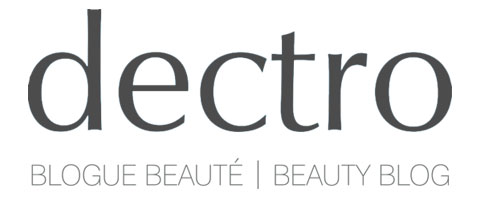
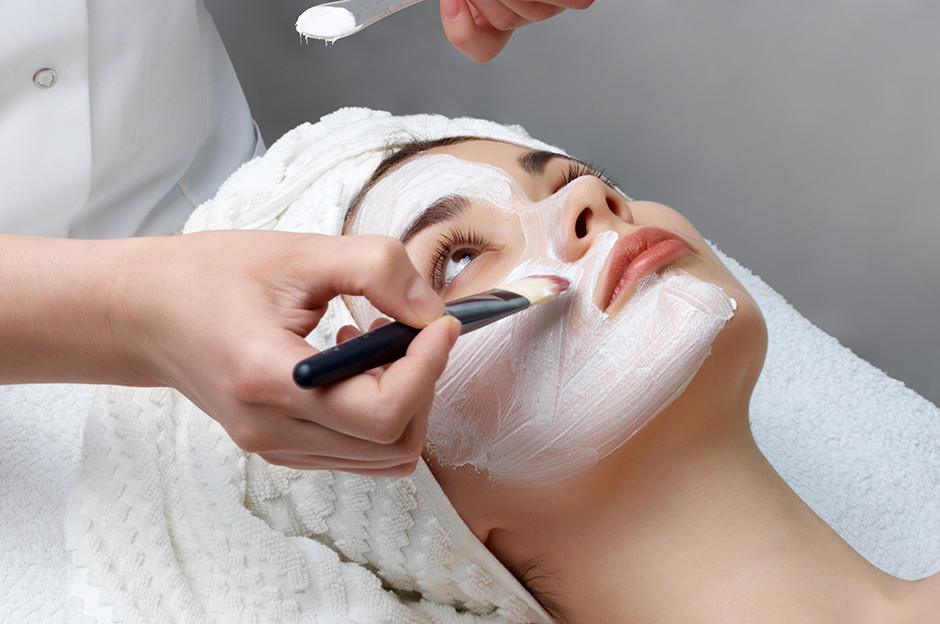
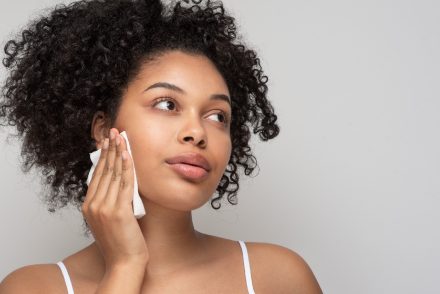
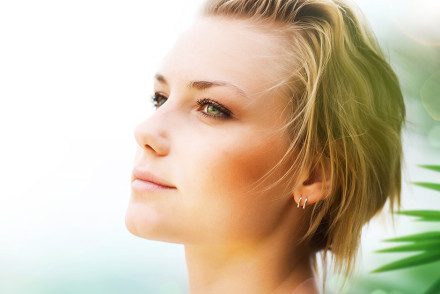


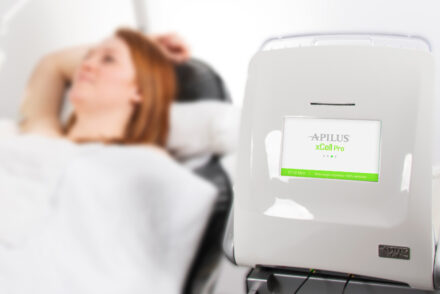

1 Comment
This product has been a revelation for my dry and dehydrated skin. It quenches my skin’s thirst, leaving it plump and revitalized.